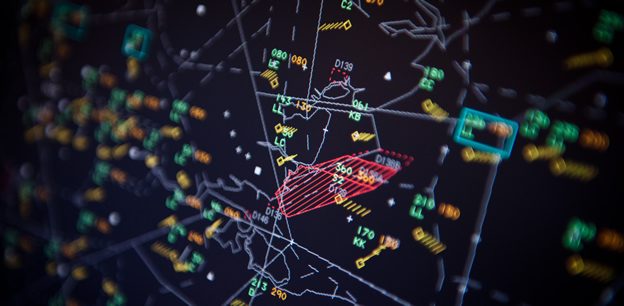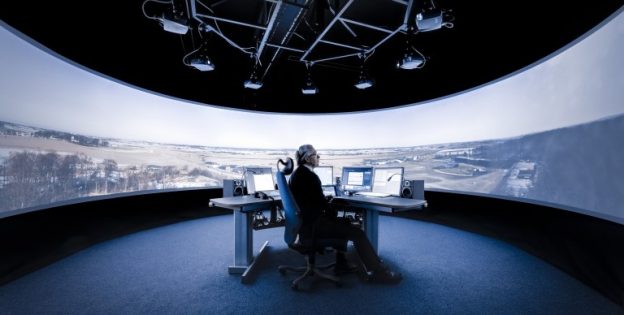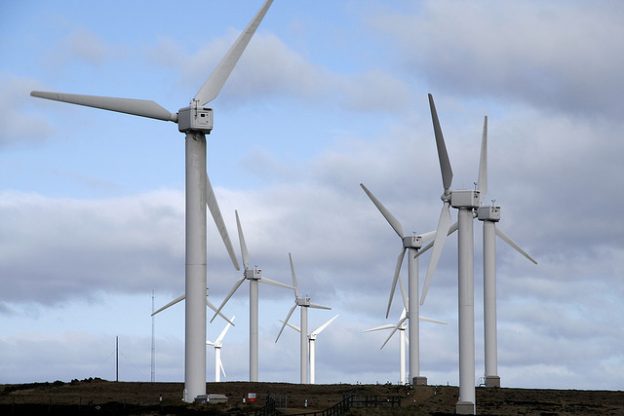Making progress in tackling the impact of wind turbines
1 October 2014The growth of wind energy in the UK has posed a challenge for the aviation industry and for air traffic control in particular, but real progress has been made over the past year in finding solutions for both the en-route and airport environments.
As many of you will know, wind turbines can interfere with normal ANSP (Air Navigation Service Provider) operations – predominantly around surveillance – by creating what’s called ‘clutter’ and presenting a risk of false radar returns that appear to look like aircraft. Whenever this looks likely to happen, we try to work with the developer to find a form of mitigation. Traditionally this has been based around the idea of ‘blanking’ the effected area and then, if required, infilling the area with coverage from another radar.
Clearly we can only do this so many times, so there have been huge efforts by NATS, the developers and radar manufacturers to find a more sustainable and scalable technology based solution.
Earlier this year we announced an agreement that secured funding for Project RM – Radar Mitigation – which involves a technical modification to our en-route radars at Great Dun Fell and Lowther Hill. Developers Vattenfall and SSE were the first the sign up, and I’m pleased to say we now have more than 10 developers on board, which represents excellent progress.
All this means that the modifications are well underway and that we now have options to modify the radar at Claxby and to enhance the capabilities of the Project RM solution as a whole, which is currently limited to ranges beyond 9nm and above 1.2 degrees.
Away from the en-route environment, we’ve been working with a number of airports and radar manufactures to test airport based solutions. These include a trial with a Terma radar that is demonstrating consistent success in distinguishing even small aircraft from wind turbines at long range. We have also been trialing a Thruput radar that specialises in filtering out the kinds of small turbines that are becoming increasingly commonplace.
We know that each airport is different and has its own needs and challenges, which is why we’re making every effort to work with a range of suppliers and manufacturers tailored to suit the needs of the developer and ANSP. I like to describe NATS as being ‘solution agnostic’ and we are always happy to discuss new opportunities and technologies with any provider.
In fact, on 8 October we’re hosting an event for airports and radar manufactures in Birmingham to discuss exactly that. It’ll be a chance for airports to share best practice around managing their long term risks as well as to compare the latest technologies on the market.
Places are limited, but we still have some left so if you are a developer or an ANSP with an issue of co-existence, then this event is for you. Email us to book a place: [email protected]
Or failing that, NATS will be at the Renewables UK conference in Manchester on 11-13 November, so we hope to see you soon.
[Header image by hddod via Flickr]
Comments
Please respect our commenting policy and guidelines when posting on this website.




